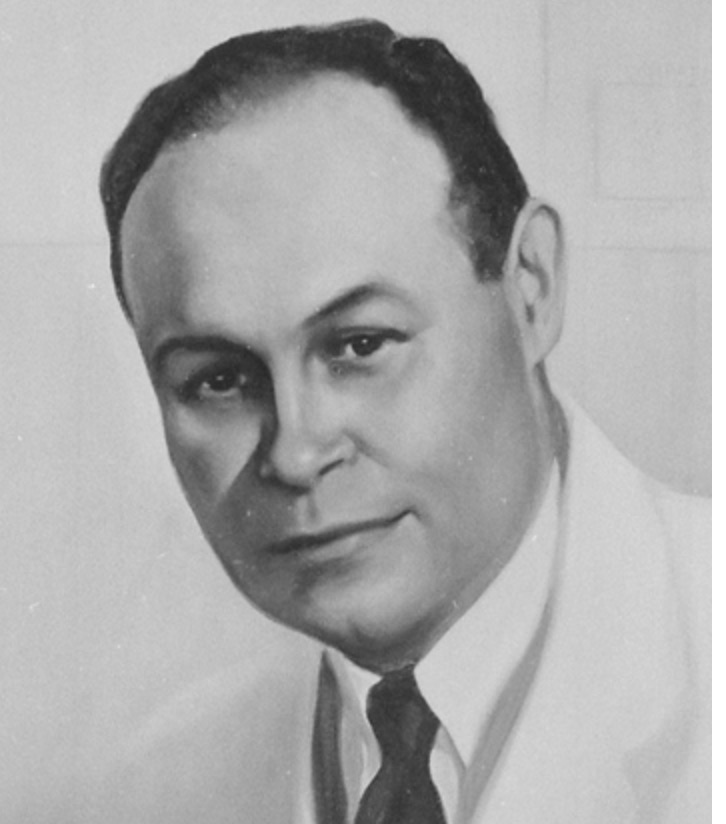
Charles Richard Drew was born on June 3, 1904 into an African-American middle class family in Washington, D.C. During his early elementary school years, Charles displayed exceptional athletic ability, winning multiple medals in swimming competitions. At Dunbar High School he expanded his athletic talents to football and basketball. On graduating from Dunbar High School in 1922, Charles was awarded a sports scholarship at Amherst College where he continued to excel at football and track and field events.
In 1926, Charles graduated from Amherst College with a bachelor’s degree. Lacking the funds to enrol in medical school, he took a job as instructor of biology and chemistry at Morgan College in Baltimore. After two years at Morgan, he enrolled at McGill University in Montreal where he distinguished himself as a top student, winning a prize in neuroanatomy and becoming a member of the prestigious Alpha Omega Alpha Society. In 1933, Charles Drew graduated second in his class of 127 students, earning both a Doctor of Medicine and a Master of Surgery degree. During his internship and residency at the Royal Victoria and Montreal General hospitals, Charles studied the effectiveness of treated people suffering from shock by administering blood transfusions. This research would prove to be serendipitous as growing tensions in Europe presaged the outbreak of World War II.
When his father died in 1935, Charles returned to Washington D.C. as an instructor in pathology at Howard University. The following year, he undertook a residency in surgery at Freedmen’s Hospital. In 1938, Charles Drew was awarded a Rockefeller Fellowship to study at Columbia University where he could continue his study of human blood. It was during this time that he discovered that blood plasma could be separated from whole blood, dried, and then restored as “whole blood” when needed. This enabled the storing of large quantities of blood in “blood banks” for future use. Charles recorded his findings in a paper that served as a Ph.D. thesis, earning him a Ph.D. from Columbia University and the status of becoming the first African American to receive a doctorate from that university.
Shortly after the outbreak of World War II, Dr. Charles Drew’s discovery found invaluable application. Working with a staff, he developed large-scale blood banks for the U.S. and Great Britain, directing what became the Blood for Britain project. Thousands of pints of plasma were sent to the front, to treat war casualties. Drew followed this in 1941 by a similar initiative with the American Red Cross to help American soldiers. When controversy arose about whether blood should be segregated by race, Drew resigned and returned to his professorship at Howard University and his position as chief surgeon at Freedman’s Hospital.
On April 1, 1950, when driving home from a medical conference at Tuskegee Institute in Alabama, and suffering from sleep deprivation, he lost control of his car, that flipped end-over-end into a field. Although the other three physicians in the car suffered only minor injuries, Charles Drew’s injuries were severe and he died a few hours later in the hospital, at age 45.
Dr. Charles Drew received many honors and awards during and after his life, for his remarkable accomplishments that spanned such a short period of time. In 1981, the United States Postal Service issured a 35¢ postage stamp featuring Dr. Charles Drew in its Great Americans series.
